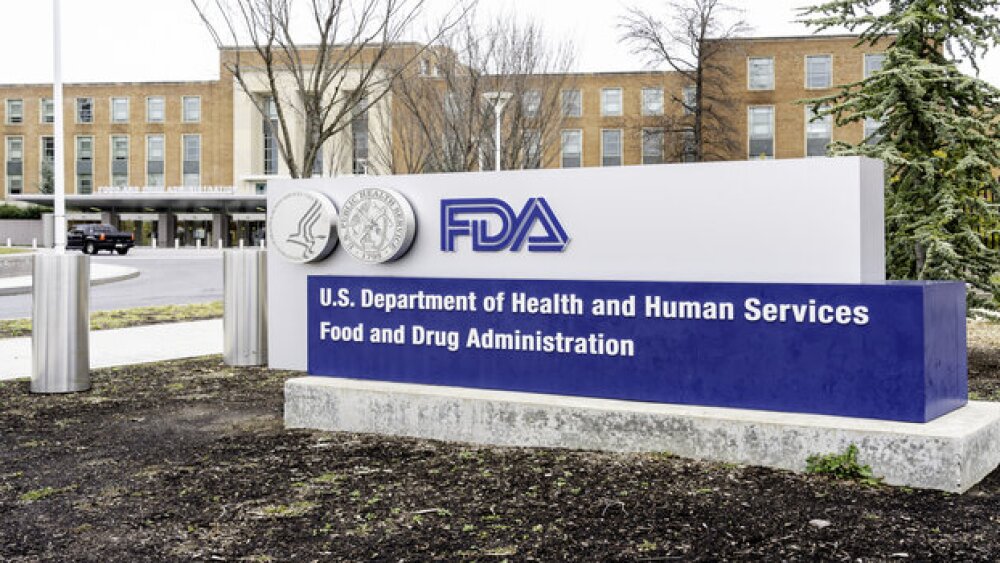Long COVID is loosely defined as COVID-19 symptoms that persist for longer than four weeks from an initial diagnosis. Here’s a look at the latest in long COVID research.
Long COVID, or Post Acute Sequelae of COVID-19 (PASC), is loosely defined as COVID-19 symptoms that persist for longer than four weeks from initial diagnosis. It is not well-understood, and no particular treatment has been indicated.
There are some suggestions that the symptoms, which are varied, are caused by residual damage to organs caused by the body’s own immune response to the virus, that the virus is surviving in reservoirs in the body or that they are part of an over-stimulated immune response. Here’s a look at some of the news and research developing around long COVID.
Persistent COVID-19 for 550 Days
An immunosuppressed patient in the U.K. had an extreme case of long COVID lasting 550 days. They don’t know if it’s the longest recorded case because not everyone gets tested, but Dr. Luke Blagdon Snell, an infectious disease expert at the Guy’s & St. Thomas’ NHS Foundation Trust said, “It certainly seems to be the longest reported infection.”
The point of Snell’s study was to investigate which mutations are seen in people with particularly long cases of COVID-19 and if variants evolve in these cases. In their study, nine patients who tested positive for SARS-CoV-2 for at least eight weeks were evaluated. All were immunosuppressed for a variety of reasons, including HIV, cancer, organ transplants and treatments for other diseases.
In the study, they found the infections remained for an average of 73 days, with two of the patients testing positive for more than a year. Prior to this study, the longest-known case confirmed with PCR was 335 days. They are classifying this as Persistent COVID-19, which is different from long Covid.
“In long COVID, it’s generally assumed the virus has been cleared from your body, but the symptoms persist,” Snell said. “With persistent infection, it represents ongoing, active replication of the virus.”
Although these types of persistent COVID-19 infections are rare, they are of particular concern because of the potential for incubating new variants.
Who’s at Highest Risk for Long COVID?
Research out of the University of California, Los Angeles (UCLA) found that 30% of people treated for COVID-19 develop long Covid. The people most likely to have it have a history of hospitalization, diabetes and higher body mass index (BMI). People covered by Medicaid, versus commercial health insurance, or people who had undergone an organ transplant were less likely to develop it. Ethnicity, age and socioeconomic status were not linked with long COVID, even though they have all been associated with severe illness and a greater risk of death from COVID-19.
The study looked at 309 people with long COVID out of a pool of 1,038 who were enrolled in the UCLA COVID Ambulatory Program between April 2020 and February 2021. The most persistent symptoms were fatigue (31%), shortness of breath (15%) in hospitalized people, and loss of sense of smell (16%) in outpatients.
One of the more puzzling aspects of the study, which has no apparent explanation, is why people with commercial insurance are twice as likely to develop long C than people on Medicaid. But since Medicaid is largely for poor people, perhaps there is a socioeconomic component.
Treating Long COVID
There have been very few clinical trials associated with treatments for long COVID. It was reported earlier this week that Pfizer’s antiviral cocktail Paxlovid might be a successful treatment. However, those are anecdotal, with one patient being given the therapy by her physician, and the other being an immunologist who dosed herself in response to long COVID.
So far, the best way to prevent long-term symptoms is vaccination, which reduces the risk of COVID-19 and may decrease the risk of long COVID after a breakthrough infection, compared to someone unvaccinated. Studies evaluating vaccination and long COVID have had varied results, although the trend is that vaccinations decrease long COVID by about half in people who have breakthrough infections. One study, yet to be peer-reviewed, found that vaccination decreased the likelihood by about 41% in more than 3,000 double-vaccinated people who later had a breakthrough case.
Danny Altmann, Ph.D., an immunologist at Imperial College London, said, “Half is not as good as I thought it would be. I was thinking and hoping that long COVID would be a thing of the past.”
Long COVID isn’t always linked to serious acute disease. Altmann notes, “There are loads of people out there who are really destroyed by long COVID and had asymptomatic or near asymptomatic infections. It’s really hard to grapple with.”
There are currently some clinical trials that include data about long COVID. The Panoramic clinical trial is testing Merck and Ridgeback Biotherapeutics’ antiviral drug molnupiravir on COVID-19 severity. It’s currently in Phase III and will also collect data on long COVID, although it isn’t the primary focus of the study.
Two other ongoing trials that are evaluating Pfizer’s Paxlovid will include a six-month follow-up on patients. However, both of these drugs are indicated for treatment for mild disease within five days of symptoms. Most of the studies are small and aren’t necessarily powered to determine the effectiveness of therapies for long COVID.
One larger trial is based in the UK, Heal-COVID, and is evaluating two drugs that target the cardiovascular system in hospitalized COVID-19 patients. One of the drugs is an anticoagulant, apixaban, and the other is atorvastatin, a statin drug to treat high cholesterol. It is believed to help decrease inflammation in blood vessels.





